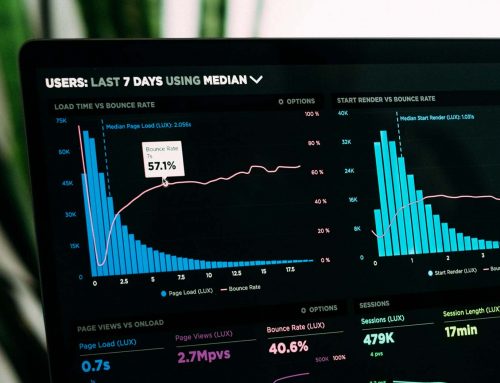Software as a Service, with the abbreviation SaaS, has its roots in the application service provider (ASP) model. Here, users can use cloud computing to access software services online from the Internet as a kind of service without having to install them on their computers. These services can be B2B software solutions, for example. For this provision of the online application, there are several payment methods. One variation for the customer would be the fixed monthly amount by means of a subscription for a certain scope of services. Another variation would be to pay only when the software is actually being used by the customer (software on demand).
Advantages of Software as a Service
Customer requirements, adjustments to trends, or new regulations are automatically updated by the software providers. Any error messages and maintenance tasks are promptly addressed without the customer having to make any changes to the system themselves. In addition, expensive license fees and software installations, which would be mandatory for business use, are avoided. These variable cost savings, coupled with a monthly contract commitment, allow the customer to keep their business decisions open. Flexibility and scalability also extend to application expansion and cross-system use of the online application.
The often-mentioned disadvantage of data security can actually be a relief for the customer when choosing the right provider, as they can delegate certain areas of responsibility to the SaaS provider. In their role as the software operator, they will independently and promptly implement updates such as data protection measures in the relevant areas.



